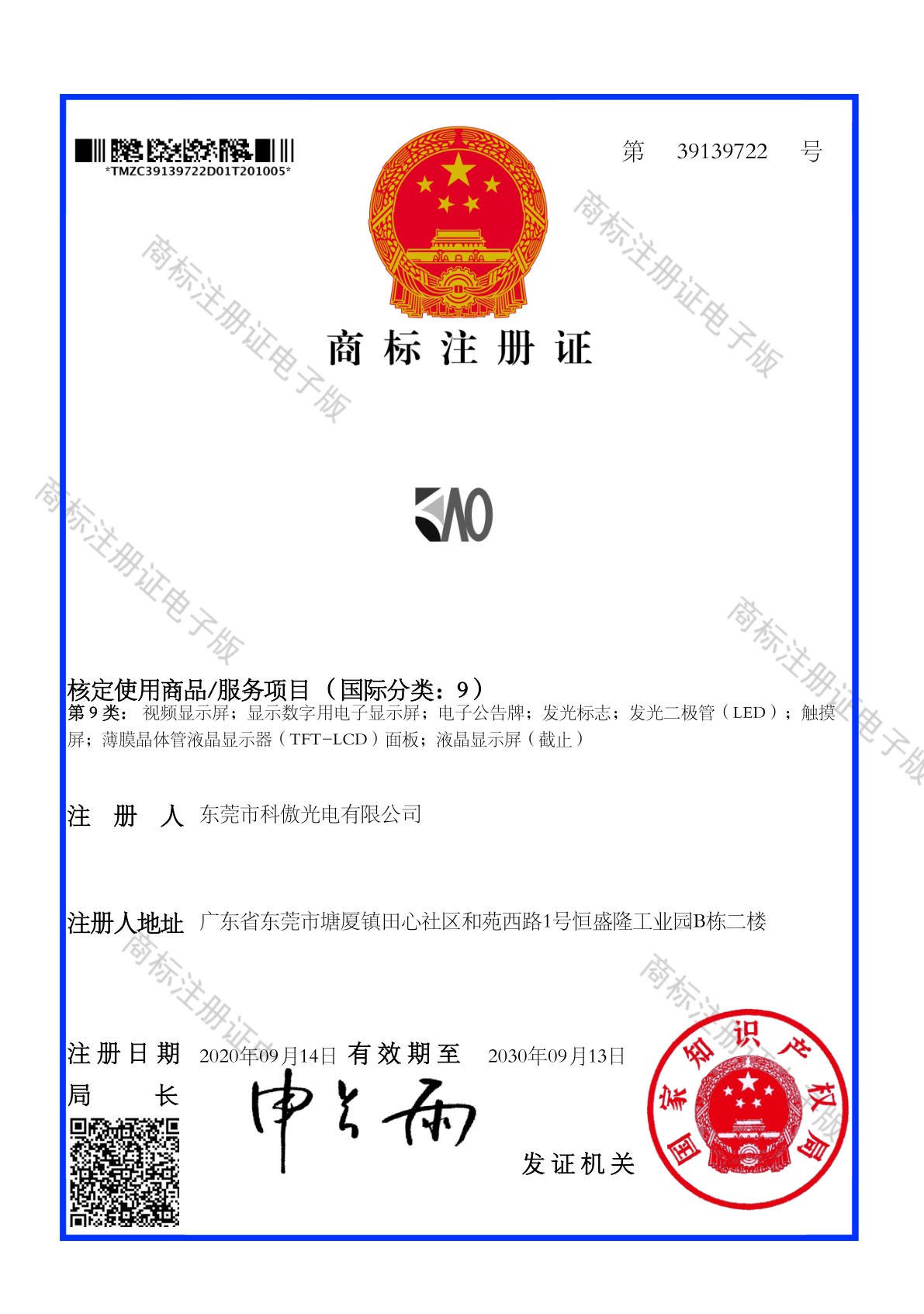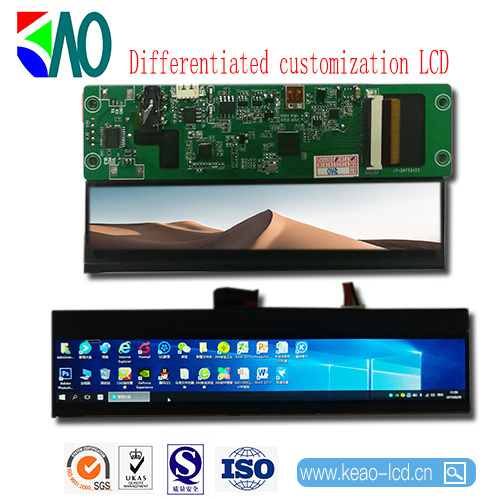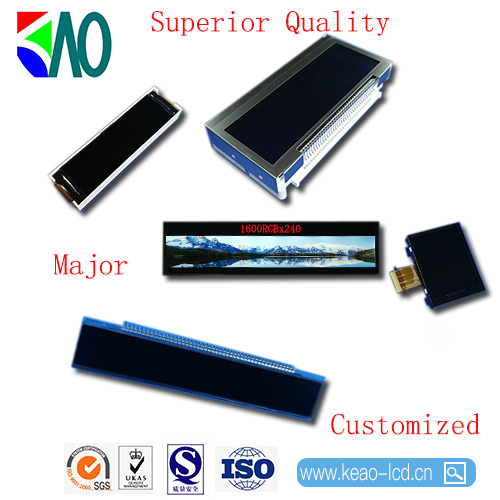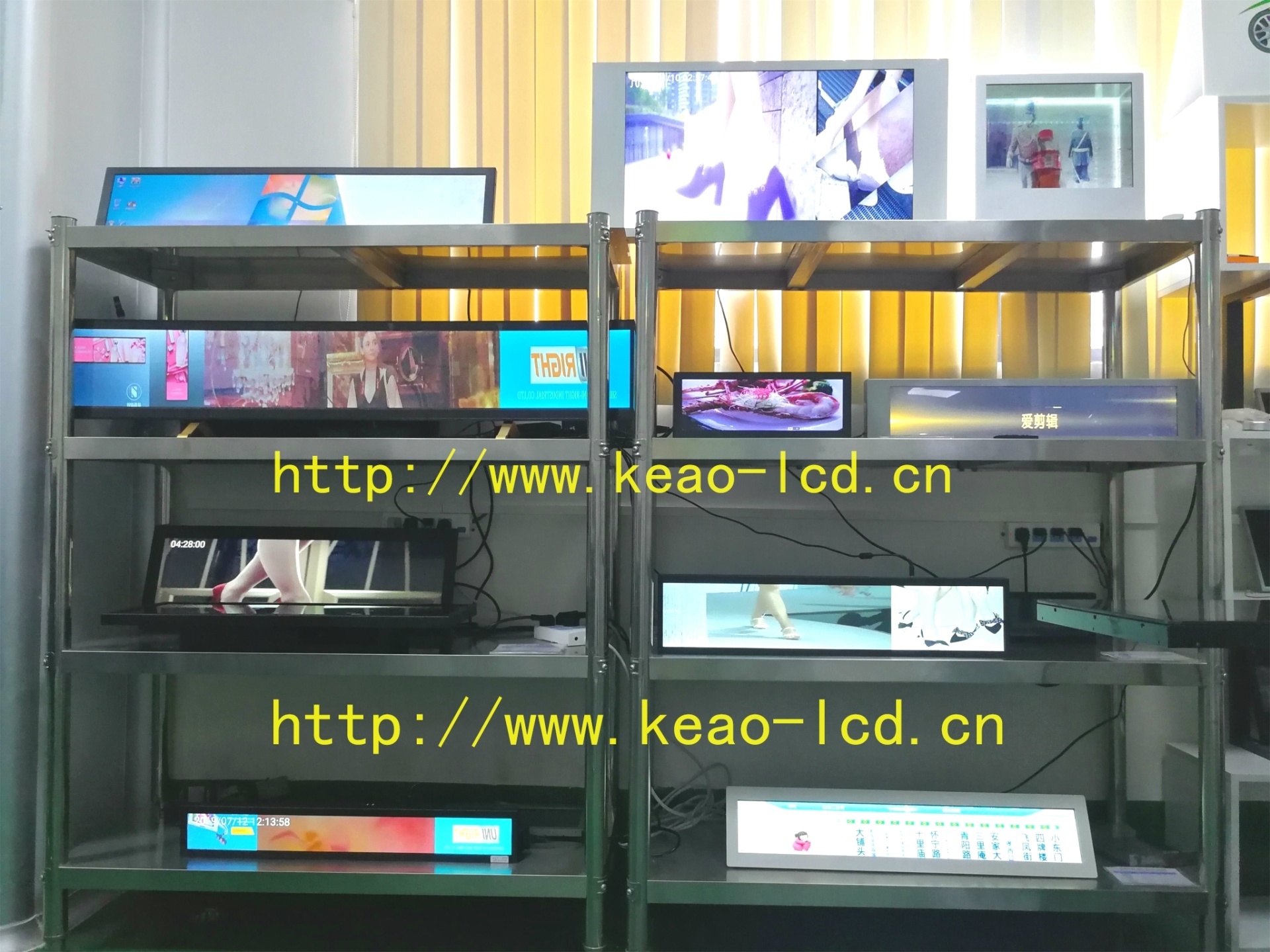Comparing TFT LCD Display Modules with Other Display Technologies: A Comprehensive Guide
Comparing TFT LCD Display Modules with Other Display Technologies Introduction to Display Technologies In the digital age, display technologies have become an integral component of our daily lives. From smartphones and televisions to industrial monitors, the type of display technology used can significantly impact performance, energy efficiency, and user experience. This article aims to explore **
2025-04-08
Comparing TFT LCD Display Modules with Other Display Technologies
Introduction to Display Technologies
In the digital age, display technologies have become an integral component of our daily lives. From smartphones and televisions to industrial monitors, the type of display technology used can significantly impact performance, energy efficiency, and user experience. This article aims to explore **TFT LCD display modules** and compare them with other prominent display technologies such as OLED, LED, and CRT.
What is a TFT LCD Display Module?
**Thin Film Transistor Liquid Crystal Display (TFT LCD)** modules utilize liquid crystals to produce images. TFT technology enhances traditional LCD by providing better color accuracy and faster response times. The display consists of a matrix of thin-film transistors that control individual pixels, allowing for dynamic and vibrant visuals.
Key Features of TFT LCD Modules
1. **High Resolution:** TFT LCD modules offer superior resolution, making them ideal for applications requiring detailed images.
2. **Color Depth:** With a wide color gamut, TFT displays can reproduce vivid colors, vital for media consumption and graphic design.
3. **Wide Viewing Angles:** Advanced TFT technology allows for better viewing angles compared to older LCD technologies.
4. **Fast Refresh Rates:** This feature minimizes motion blur, making TFT LCDs suitable for gaming and video playback.
Comparative Analysis of Display Technologies
1. TFT LCD vs. OLED Displays
**Organic Light Emitting Diodes (OLED)** have gained popularity due to their ability to produce deep blacks and vibrant colors. Unlike TFT LCDs, OLED panels emit light individually from each pixel rather than relying on a backlight.
Advantages of OLED Over TFT LCD
- **Superior Contrast Ratios:** OLED displays can achieve true blacks, resulting in stunning contrast.
- **Better Color Accuracy:** The color reproduction in OLEDs is often more precise.
- **Thinner and Lighter Design:** OLEDs can be made thinner and more flexible than TFT displays.
Challenges with OLED Technology
- **Burn-In Issues:** Prolonged display of static images can lead to burn-in, impacting longevity.
- **Cost:** OLED technology is typically more expensive than TFT LCD modules, making them less accessible for budget-conscious consumers.
2. TFT LCD vs. LED Displays
Although often confused with LCDs, **Light Emitting Diode (LED)** displays are essentially LCDs that use LEDs for backlighting.
Key Differences and Similarities
- **Backlight Technology:** While TFT LCDs use cold cathode fluorescent lights (CCFL) for backlighting, LED displays utilize LED lights, providing better energy efficiency and brightness.
- **Brightness and Energy Consumption:** LED displays are generally brighter and consume less power compared to traditional TFT LCDs.
Advantages of LED Displays
- **Improved Energy Efficiency:** LEDs require less power, making them more environmentally friendly.
- **Higher Brightness Levels:** This makes LED displays more suitable for outdoor use or brightly lit environments.
3. TFT LCD vs. CRT Displays
**Cathode Ray Tube (CRT)** technology is considered obsolete, but it's worth discussing for historical context. CRTs utilize electron beams to display images on phosphorescent screens.
Strengths of CRT Displays
- **Cost-Effective:** Historically, CRTs were cheaper to manufacture than modern displays.
- **Color Accuracy:** In some cases, CRTs offered excellent color reproduction and viewing angles.
Limitations of CRT Technology
- **Size and Weight:** CRTs are bulky and heavy, making them impractical for modern applications.
- **Energy Consumption:** CRT displays consume significantly more energy than TFT LCDs and other contemporary technologies.
Application Contexts for Display Technologies
1. Consumer Electronics
For consumer electronics such as smartphones, laptops, and televisions, the choice of display technology can affect user satisfaction. **TFT LCD displays** are widely used in budget-friendly devices, while **OLED** displays are preferred for high-end models due to their superior visual quality.
2. Industrial Applications
In industrial settings, durability and visibility are crucial. TFT LCD modules are often favored for their reliability and performance in various lighting conditions. However, specialized LED displays may be utilized for high-visibility signage.
3. Outdoor Advertising
LED displays dominate the outdoor advertising market due to their brightness and energy efficiency. TFT LCDs may struggle in direct sunlight, making LEDs a more suitable choice for billboards and signage.
Future Trends in Display Technologies
The future of display technologies is promising, with ongoing advancements in each category. Innovations in **microLED technology** and **flexible displays** are paving the way for new applications and enhanced user experiences.
Emerging Technologies
- **MicroLED:** This technology combines the benefits of OLED and LCD, offering better brightness, color, and energy efficiency without some of the drawbacks associated with OLED.
- **Flexible Displays:** As demand for portable devices grows, flexible displays may revolutionize how we interact with technology.
Frequently Asked Questions (FAQs)
1. What are the main benefits of using TFT LCD displays?
TFT LCD displays offer high resolution, excellent color accuracy, and fast refresh rates, making them ideal for a wide range of applications.
2. Are OLED displays better than TFT LCD displays?
OLED displays generally provide superior contrast and color accuracy; however, they may be prone to burn-in and are often more expensive.
3. Why are LED displays popular for outdoor use?
LED displays are brighter and more energy-efficient, making them ideal for outdoor environments where visibility is crucial.
4. What are the main drawbacks of CRT displays?
CRT displays are bulky, heavy, and consume significantly more energy compared to modern display technologies.
5. How do TFT LCD and LED displays differ in terms of energy consumption?
LED displays are generally more energy-efficient than TFT LCDs due to their use of LED backlighting, allowing for lower power consumption.
Conclusion
In conclusion, choosing the right display technology hinges on understanding the specific requirements of your application. **TFT LCD modules** offer a balanced mix of performance and cost-effectiveness, making them suitable for various uses. However, technologies like **OLED** and **LED** provide distinct advantages in specific contexts, particularly where color accuracy and energy efficiency are paramount. As display technology continues to evolve, staying informed about the latest trends will empower consumers and businesses alike to make the best choices for their needs.
Related info











